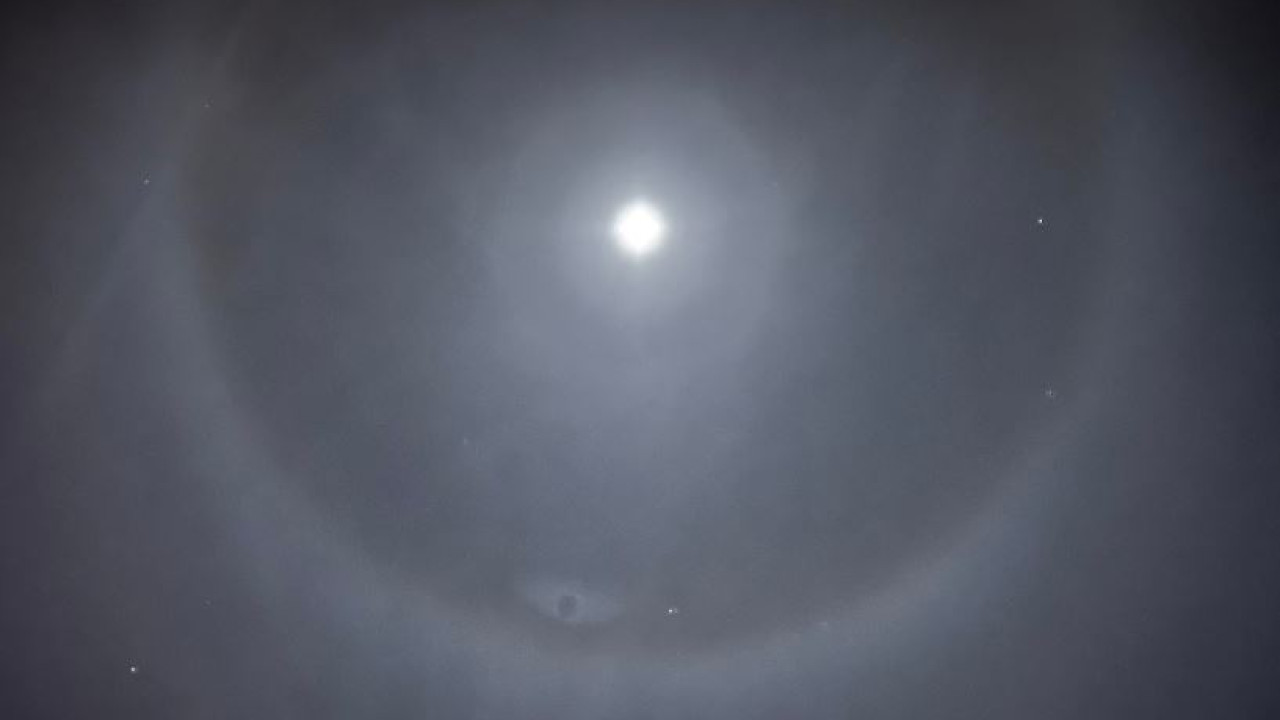The mysterious murder of George Polk came to life again in Thessaloniki (photo + vid)
Unraveling in the city center the thread of mystery that remains for 73 whole years: the murder of the American journalist Polk
Shortly after 6:30 this afternoon, more than 50 people gathered in the area in front of first pier of the port of Thessaloniki to witness one complex multidisciplinary action, which included theater, dance, guided tour and quite a mystery and seek all together “Who killed Polk?».
Tassos Papadopoulos was at the helm of the tour and led the citizens in a guided narrative in the streets – stations of Thessaloniki that played a key role in the murder of the American journalist, responded to CBS, George Polk, in 1948.
The tour began with a report on the case that shocked Greek and world public opinion in 1948. A week later Arrival of George Polk in Thessaloniki, the journalist is dead. His body, handcuffed and with a bullet to the head, is located at Thermaic, near the port, by a fisherman, on May 16, 1948. Polk has been missing for a week. It has essentially passed for the day of the city that was to become the terminal of the station. His goal is to interview the leader of the Democratic Army of Greece, the DSE, Marko Vafiadis.
The audience, the tour guide, the actors and the dancers witnessed a case with six possible and recorded scenarios.
The first stop was at the port, outside warehouse A, where the death of the American journalist was discovered. The public then followed a three-hour procession from the port up to the park of Xarchakos, where each stop was a stop for Polk’s murder. Everyone was invited together to follow in the footsteps of the journalist in the city.
After a stop at Kalapothaki and one in Aristotelous square, the audience stopped on its sidewalk Saint Sofia’s, where he played the quartet of young musicians, the members of the Youth Symphony Orchestra of the Thessaloniki Concert Hall (MOYSA, 2016), consisting of: Christina Bali on flute, Kallifoni Sarantakou on viola, Orpheus Sarantako on violin and Artemis Coucourto Hotel », on Tsimiski where the journalist lived.
Moving on, next stop was both the first and official version of his death: how the American journalist was killed by the communists.
The next stop is Diagonios where reference was made to the not so common but recorded version that Polk killed his husband, Rea Kokoni.
The public proceeded to the place where it was formerly housed at the American consulate and today is at the “Daios” hotel to remove Mr. Papadopoulos the third version, that Polk was killed by the Americans.
The fourth stop for the night was chosen by the version that the journalist was killed by far-right parastate, by order of the former Prime Minister Konstantinos Tsaldaris.
Later, the crowd arrived at the park opposite him White Tower, where the fifth and not so important version was mentioned Polk was killed by the boatmen.
At the end of the journey, reference was made to the sixth and final version of the Polk case: how the journalist killed by the British. The narration was accompanied by the dance group “JITTERBUGS SKG”. The epilogue was given to Xarchakos park.
Thus, the audience was invited together with the guide to unfold a mystery that remains another for 73 whole years.
As noted in Voria.gr The director, Stathis Mavropoulos, did not give an answer because, quite simply, the more one deals with the case, the more complicated one realizes how it is done.
He started dealing with the Polk case in 2011 when he raised the situation on the experimental stage of the Amalia Theater. Since then, she has not stopped looking for aspects of herself.
Today’s action was a multi-themed and special attempt made after the collaboration of three drones: the theatrical group “Gran Guinol”, the dance group “JITTERBUGS SKG” but also the Thessaloniki hikes, which were engaged in thematic tours.
Actors: Costas Vourliotis, Maria Katsia, Dionysis Karathanasis, Ioanna Lamni, Dimitra Stamatiou
Street music was played by the quartet of young musicians, the members of the Youth Symphony Orchestra of the Thessaloniki Concert Hall (MOYSA, 2016) consisting of: Christina Balli: Flute, Kallifoni Sarantakou: Viola, Orpheus Sarantako: Violin, Artelos
JITTERBUGS SKG danced: Xenia Vassileiou, Elias Kalpakas, Magda Nennou, Petros Pasvantis, Nikos Strakas, Rafaela Troupkou.
Video installation: George Kogias
Costumes: Maria Kavalioti
Creating a digital map: Triantaphyllos Stavridis
The event took place under the auspices and funding of the Ministry of Culture.




